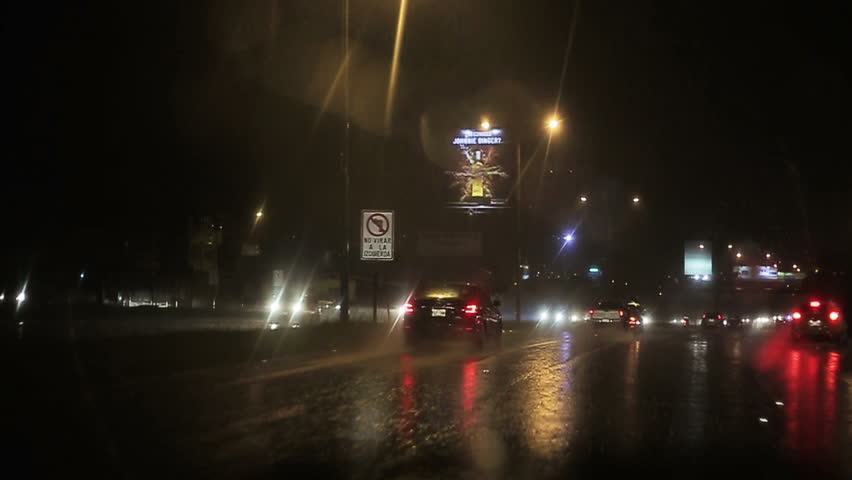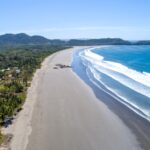10 tips (bolados) to prevent an accident when driving in the rain
With the onset of the wet season (invierno) around the corner, Costa Ricans, tourists and expat retirees need to exercise extreme caution when driving any vehicle. Following the advice below can help prevent accidents and even the loss of human life.
While at the wheel during a rain storm, drivers are at risk of having their car skid or crashing because of mechanical problems or poor visibility — believe it or not at times there are even “rain whiteouts”. I have been caught in downpours where it is difficult to see beyond the windshield or hood of the car, especially in the evening when lighting is dim.

These risks can be minimized by following the advice below.
- Do not drive in the rain if you can avoid it.
- When it rains it will take time to get to your destination. Be patient! If you drive too fast you can run the risk of hydroplaning when a wedge of water gets between the road surface and your tires.
- Turn off your phone, radio and stop talking to others in the car, so you can concentrate and drive defensively.
- Turn on the air conditioning at the lowest possible temperature, aiming the stream of air at the windshield. This way the windshield will not fog up from the heat and presence of the passengers.
- If your car happens to skid, do not panic. Steer in the same direction and DON’T apply the brakes or you may lose control. If you begin hydroplane take your foot of the gas pedal and do not move the steering wheel.
- Drive slowly and avoid slamming on the brakes.
- Maintain a space of 6 to ten seconds or several car lengths between your vehicle and the one in front of it to give you sufficient time to react.
- The first rains of the year cause streets to be more slippery than usual because of the accumulation of oil on the surface, so drive more slowly.
- Be sure your lights and above all windshield wipers are working properly.
- Check your tire treads. If there is not enough tread left on a tire it will not grip the road which poses a hazard when there is water on the surface.



